Notes on using your camera
Table of Contents
Preparing the camera
Checking the accessories supplied
Identifying parts
Charging the battery pack
Inserting the battery pack/memory card (sold separately)
Attaching a lens
Preparing the camera
Using the accessories supplied
Checking the number of recordable images
Cleaning
Before your operation
Screen indicators
Switching the screen mode between the LCD monitor and the electronic viewfinder
Switching the recording information display (DISP)
Recording information display (Graphic Display/Recording information (For Live View))
Recording information display (For viewfinder)
Selecting a function/setting
Selecting a function with the Fn (Function) button
The functions selected by the Fn (Function) button
The functions selected by the MENU button
Shooting images
Shooting an image without camera shake
Correct posture
Using the SteadyShot function
Using a tripod
Shooting with the automatic setting
Shooting with appropriate settings automatically
Shooting with the settings that the camera adjusts automatically
Shooting with a suitable setting for the subject
Shooting with preset settings according to the scene (Scene Selection)
Shooting with an effect filter to obtain the various textures (Picture Effect)
Shooting panoramic images (Sweep Shooting)
Shooting continuously at high speed (Tele-zoom Continuous Advance Priority AE)
Shooting an image the way you want it (Exposure mode)
Shooting with program auto
Shooting by controlling the blur of the background (Aperture priority)
Shooting a moving subject with various expressions (Shutter speed priority)
Shooting with the exposure adjusted manually (Manual exposure)
Shooting trails with long exposure (BULB)
Recording movies
Available recording time for a movie
Notes on continuous movie recording
Using the shooting function
Selecting the focus method
Using autofocus
Shooting with your desired composition (Focus-lock)
Selecting the focus method to suit the movement of the subject (Autofocus Mode)
Selecting the focus area (AF area)
Adjusting the focus manually (Manual focus)
Checking the focus by enlarging the image
Detecting faces
Using the Face Detection function
Capturing smiling faces (Smile Shutter)
Using the flash
Performing wireless flash shooting
Adjusting the brightness of the image (Exposure, Flash compensation, Metering)
Shooting with fixed brightness (AE Lock)
Using brightness compensation for the entire image (Exposure compensation)
Adjusting the amount of flash light (Flash Compensation)
Selecting the flash control mode to set the amount of flash light (Flash control)
Selecting the method for measuring the brightness of a subject (Metering Mode)
Setting ISO
Compensating for the brightness and contrast automatically (D-Range)
Correcting the brightness of the image (D-Range Optimizer)
Compensating automatically with rich gradation (Auto High Dynamic Range)
Image processing
Selecting your desired image processing (Creative Style)
Changing the range of color reproduction (Color Space)
Adjusting the color tones (White balance)
Adjusting the white balance to suit a specific light source (Auto/Preset white balance)
Setting the color temperature and a filter effect (Color Temperature/Color Filter)
Registering the color tones (Custom white balance)
Selecting the drive mode
Shooting single shot
Shooting continuously
Using the self-timer
Shooting images with the exposure shifted (Exposure bracket)
Shooting with white balance shifted (WB bracket)
Using the viewing function
Playing back images
Checking the information of recorded images
Protecting images (Protect)
Deleting images (Delete)
Viewing images on a TV screen
Changing your setup
Setting image size and image quality
Setting the method for recording on a memory card
Changing the noise reduction setting
Changing the function of the buttons
Changing other settings
Setting the LCD monitor/electronic viewfinder
Confirming the version of the camera
Resetting to the default
Viewing images on a computer
Using with your computer
Using the software
Connecting the camera to the computer
Creating a movie disc
Printing images
Specifying DPOF
Others
Specifications
Troubleshooting
Warning messages
Precautions
AVCHD format
3D-shootings
Index
Index
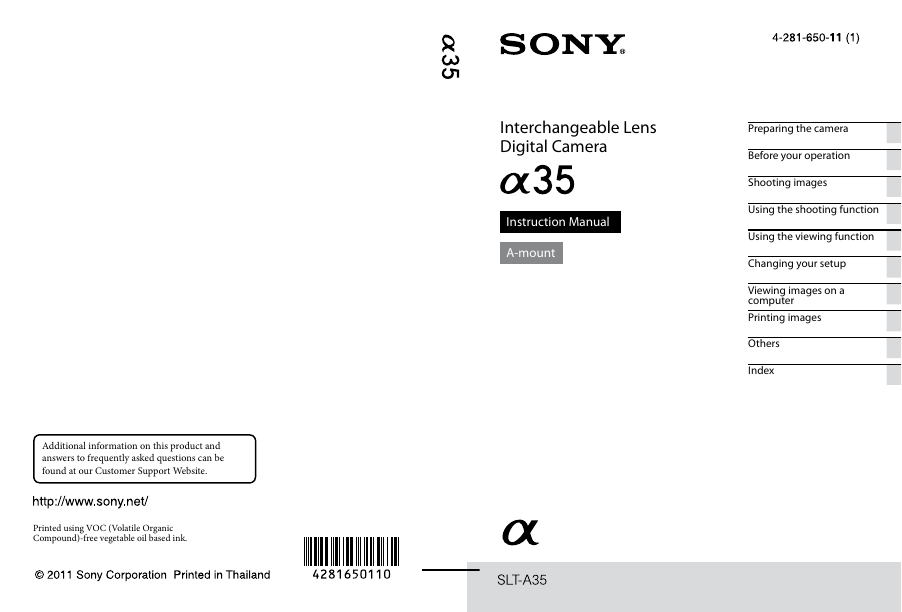
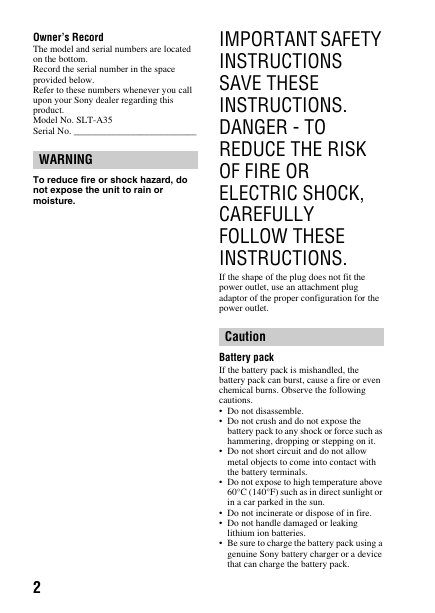
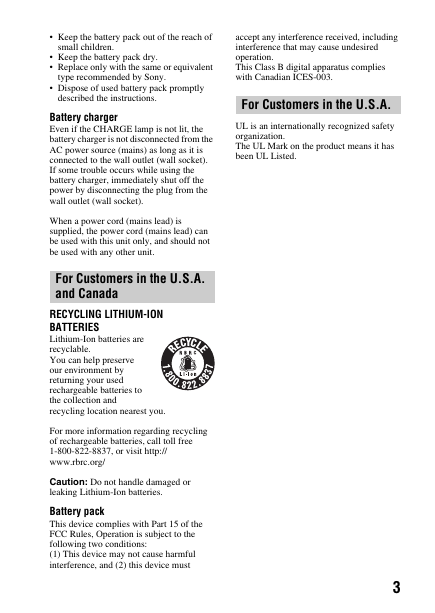
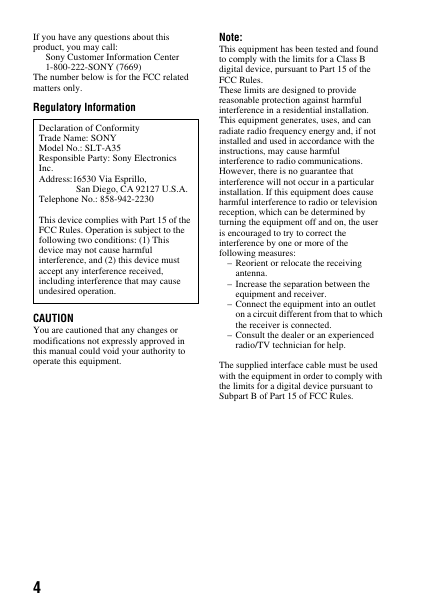

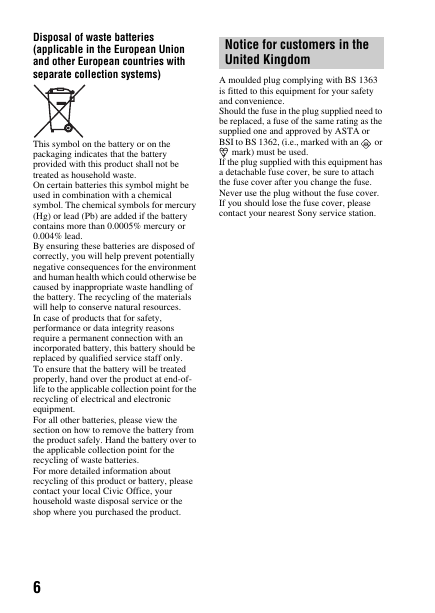
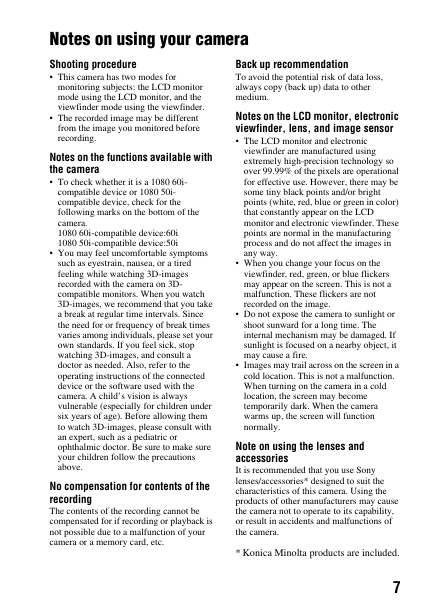
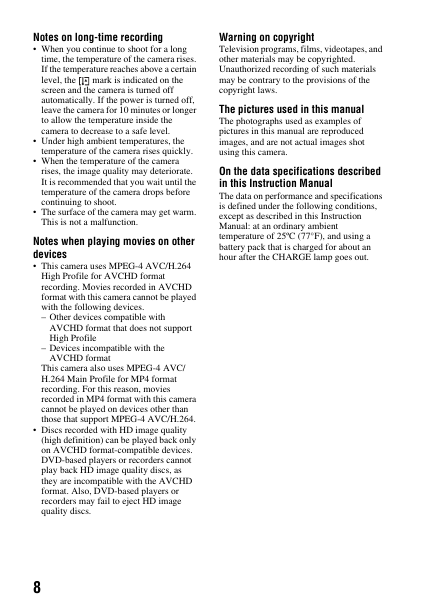








 2023年江西萍乡中考道德与法治真题及答案.doc
2023年江西萍乡中考道德与法治真题及答案.doc 2012年重庆南川中考生物真题及答案.doc
2012年重庆南川中考生物真题及答案.doc 2013年江西师范大学地理学综合及文艺理论基础考研真题.doc
2013年江西师范大学地理学综合及文艺理论基础考研真题.doc 2020年四川甘孜小升初语文真题及答案I卷.doc
2020年四川甘孜小升初语文真题及答案I卷.doc 2020年注册岩土工程师专业基础考试真题及答案.doc
2020年注册岩土工程师专业基础考试真题及答案.doc 2023-2024学年福建省厦门市九年级上学期数学月考试题及答案.doc
2023-2024学年福建省厦门市九年级上学期数学月考试题及答案.doc 2021-2022学年辽宁省沈阳市大东区九年级上学期语文期末试题及答案.doc
2021-2022学年辽宁省沈阳市大东区九年级上学期语文期末试题及答案.doc 2022-2023学年北京东城区初三第一学期物理期末试卷及答案.doc
2022-2023学年北京东城区初三第一学期物理期末试卷及答案.doc 2018上半年江西教师资格初中地理学科知识与教学能力真题及答案.doc
2018上半年江西教师资格初中地理学科知识与教学能力真题及答案.doc 2012年河北国家公务员申论考试真题及答案-省级.doc
2012年河北国家公务员申论考试真题及答案-省级.doc 2020-2021学年江苏省扬州市江都区邵樊片九年级上学期数学第一次质量检测试题及答案.doc
2020-2021学年江苏省扬州市江都区邵樊片九年级上学期数学第一次质量检测试题及答案.doc 2022下半年黑龙江教师资格证中学综合素质真题及答案.doc
2022下半年黑龙江教师资格证中学综合素质真题及答案.doc